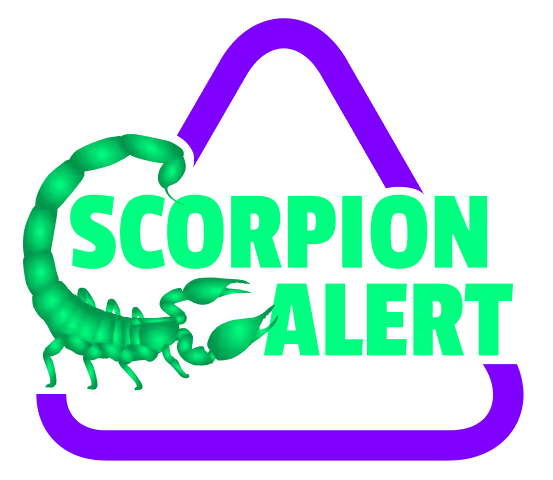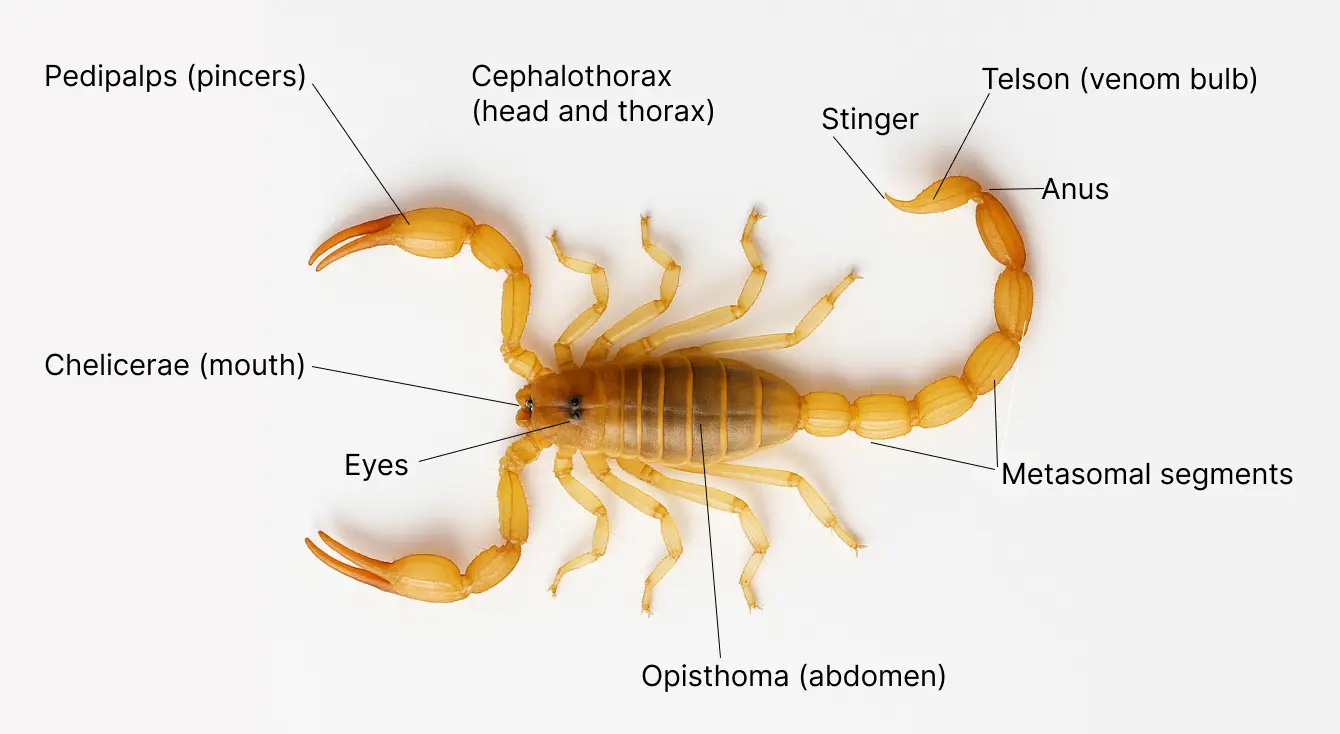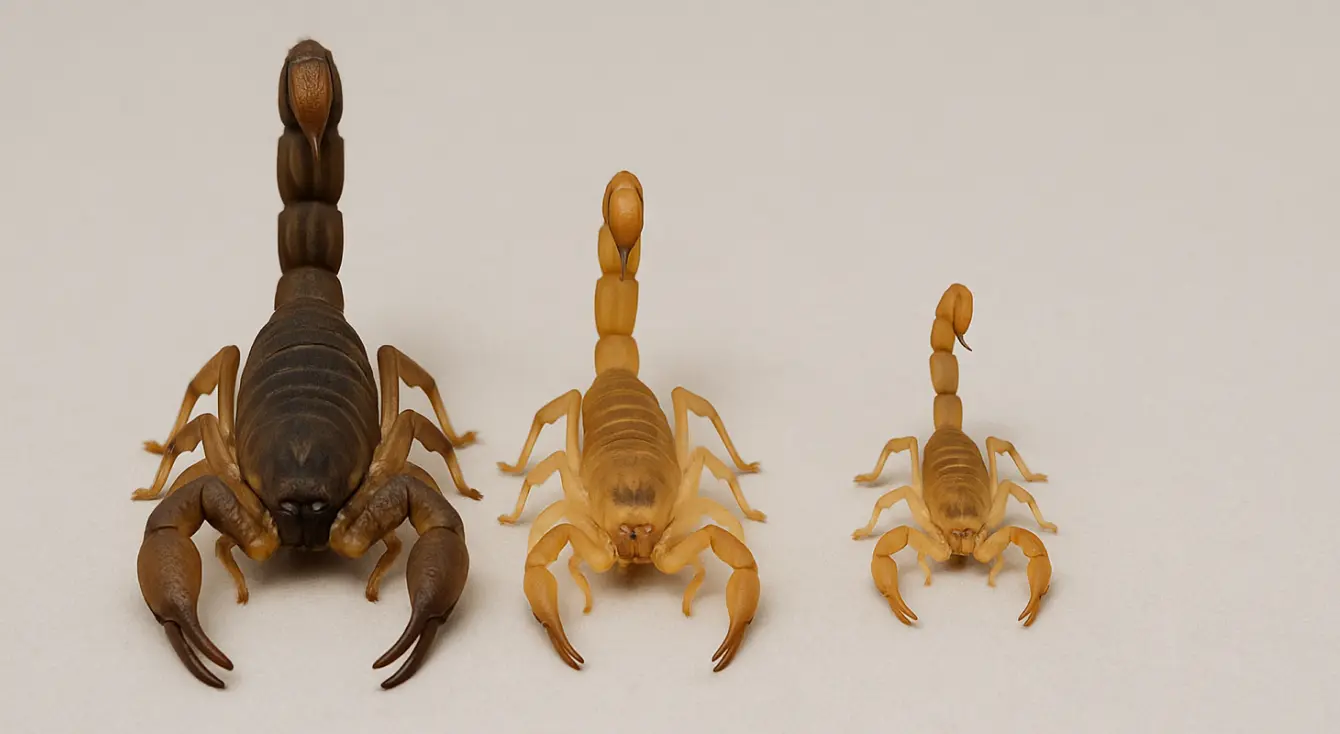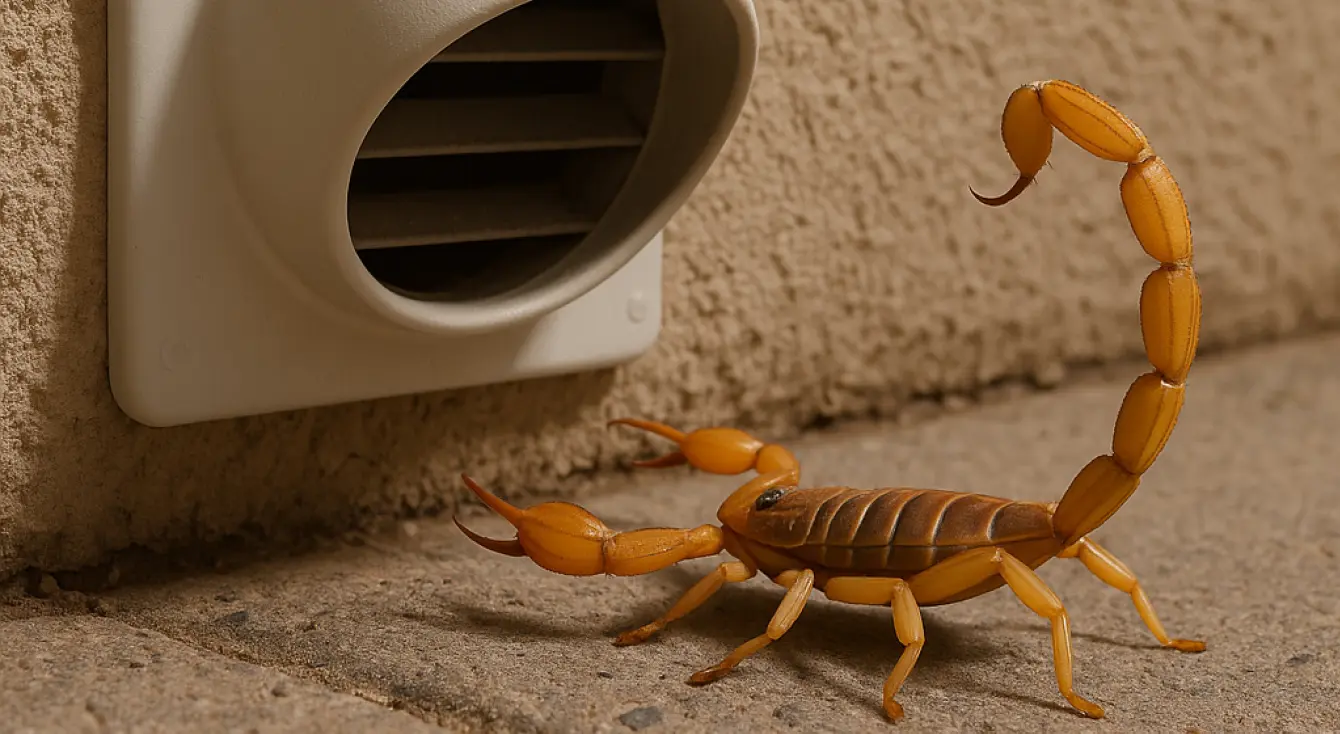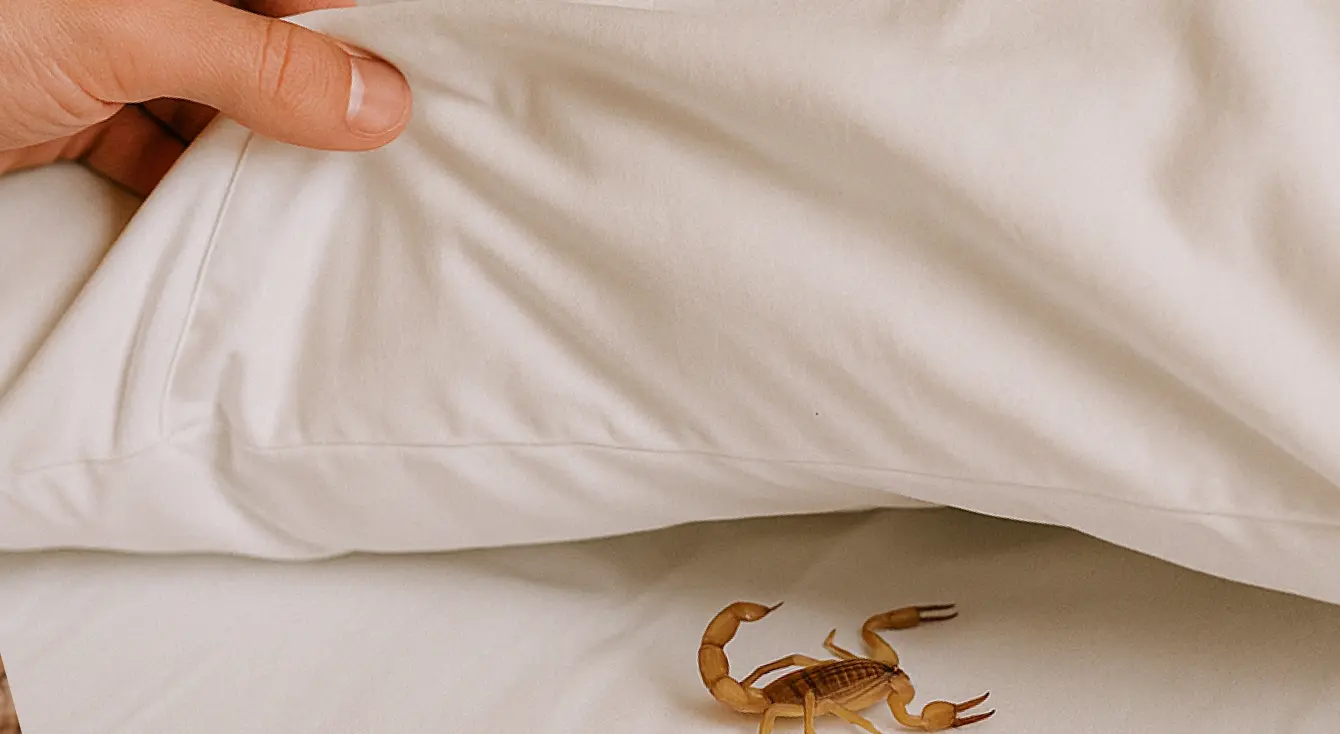Scorpions may be small, but they’re built like armored tanks with a toolkit designed for survival. Understanding their anatomy not only helps with identification but also gives insight into how and why they behave the way they do.
Here’s a breakdown of what makes a scorpion tick.
1. The Cephalothorax (Prosoma)
This is the front section of the scorpion's body. It includes:
- Eyes: Most scorpions have two to five pairs, but poor vision overall
- Chelicerae: Small mouthparts used to tear prey apart
- Pedipalps (Pincers): Used for grabbing prey, climbing, and defense
- Legs: Four pairs, designed for crawling and gripping
2. The Abdomen (Opisthosoma)
This is the mid-to-rear body segment, divided into:
- Mesosoma: The broad part of the abdomen containing internal organs
- Metasoma (Tail): The narrow, segmented portion that ends in a stinger
3. The Telson (Stinger)
At the end of the tail is the telson, which includes:
- Vesicle: Holds venom glands
- Aculeus: The sharp, curved stinger used for injecting venom
Scorpions can control how much venom they use depending on the situation—saving it for hunting or defense.
4. Pectines
Located on the underside of the scorpion, these comb-like sensory organs are unique to scorpions. They help them “feel” their environment and detect vibrations or pheromones in the ground.
5. Exoskeleton
Made of a tough material called chitin, a scorpion’s exoskeleton provides protection and structure. It also fluoresces under UV light, making scorpions easy to spot with a blacklight.
Every part of a scorpion’s anatomy serves a purpose—from sensing prey to defending itself to navigating through narrow gaps along your baseboards. And the more you know about how they work, the better you can predict where they’ll go—and how to stop them.
